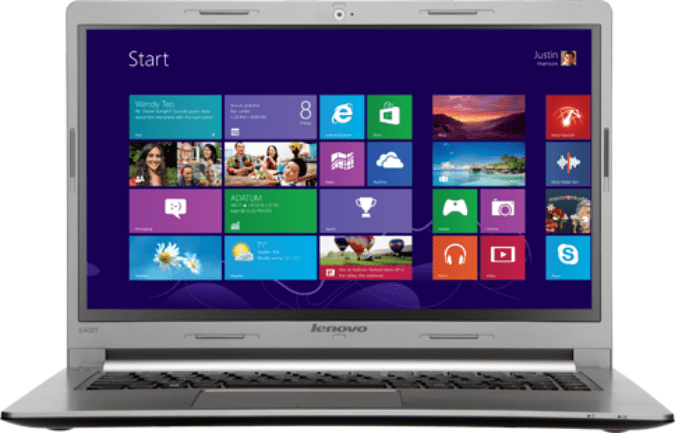
Though touch notebooks may not have exactly caught fire here in the states, one survey indicates that they’re incredibly popular elsewhere.
According to IDC, over 82 percent of Asian consumers who participated in a recent survey indicated that they would prefer their next notebook purchase ships with a touch-enabled display. The survey also finds that the overwhelming preference for touch-enabled notebooks stems for that region’s love affair with other touch-ready gear, like tablets and smartphones. Since these consumers are so accustomed to interacting with their phones and slates using a touchscreen, the study reasons, they also expect to find touch in their notebook computers.
“It’s ironic that as PC market growth continues to go south, customers’ need for for touch-enabled screens isn’t being met yet,” says Handoko Andi, Research Manager for Client Devices at IDC Asia/Pacific. “Reasons causing this glaring discrepancy include bad timing, as panel prices earlier this year were high, deterring PC makers from producing more affordable options.”
IDC also found that even PC users in emerging markets possessed smartphones in overwhelming numbers, with 87 percent of respondents between the ages of 26 and 35 indicating that they owned one. This seemingly leaves the door wide open for Microsoft to dominate the Asian market with touch-centric Windows 8-based hardware, though Windows 8 notebooks would likely have to reach sub-$300 prices in order to gain traction in Asia. Most Windows 8 notebook PCs are roughly $500 and up.
Considering that most PC and PC component manufacturers are based in Asia, and the fact that, for better or worse, Windows 8 is here to stay, it’s not unreasonable to expect those firms to continue churning out touch-enabled notebook and desktop PCs to satisfy that region’s demand for such gear.


